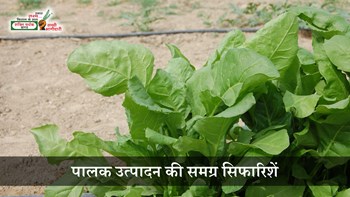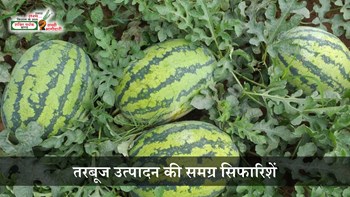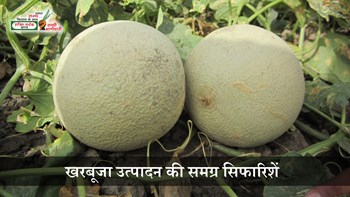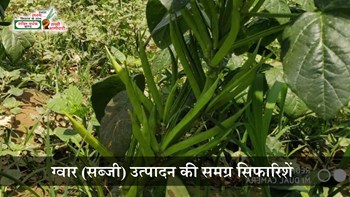To achieve a high yield of pearl millet (bajra), it is essential to follow scientific and research-backed agricultural practices. The selection of land plays a crucial role in crop performance. Pearl millet
grows best in well-drained sandy loam soil. Waterlogged areas should be strictly avoided, as they are not suitable for cultivation.
The ideal sowing window for bajra in both irrigated and rainfed areas is from 15th June to 15th July, depending on the arrival of the first monsoon rainfall. For optimal plant population, a seed rate of 1.5
to 2.0 kg per acre is recommended. Hybrid seeds from trusted companies like Shakti Vardhak usually come pre-treated with fungicides, insecticides, and bio-fertilisers, eliminating the need for further treatment.
Sowing should be done in rows, maintaining a distance of 45 cm between rows and 15 cm between plants. Since bajra is largely dependent on rainfall, irrigation is not always required. However, it becomes essential during germination, flowering, and grain formation stages. Saline or brackish water should be avoided for irrigation, as it can adversely affect the crop.
For weed management, one intercultural operation (hoeing) should be carried out 25-30 days after sowing. Additionally, a pre-emergence herbicide spray of 400 grams Atrazine 50 WP mixed in 150 litres of water per acre should be applied immediately after sowing to control early-stage weeds.
Fertiliser application should ideally be based on soil testing. In the absence of such testing, the following general recommendation can be used: For irrigated fields, apply 125 kg urea, 50 kg D.A.P., 3 kg zinc (Arboit Zinc), and 20 kg potash per acre. In rainfed areas, reduce the dosage to 35 kg urea, 20 kg D.A.P., and 3 kg zinc, with no potash required. Apply the full dose of D.A.P., potash, and zinc at the time of sowing. Split the urea into three applications - half at sowing, one-quarter 25-30 days after sowing, and the remaining quarter at the ear head formation stage.
For pest control, especially against hairy caterpillars and cutworms, spray either 200 ml of Monocrotophos 36 SL or 500 ml of Quinalphos 25 EC mixed with 200 litres of water per acre. To prevent and manage diseases such as green ear disease, apply 500 grams of Mancozeb (Indofil M-45) mixed in 200 litres of water per acre.
It is important to note that while these guidelines are based on extensive research from agricultural research centres, crop outcomes can be influenced by external factors such as soil type, climatic conditions, pest and disease infestation, and overall crop management. Farmers are therefore responsible for implementing the practices effectively. Additionally, recommendations provided by the local agriculture department should be followed for the best results in specific regions.






